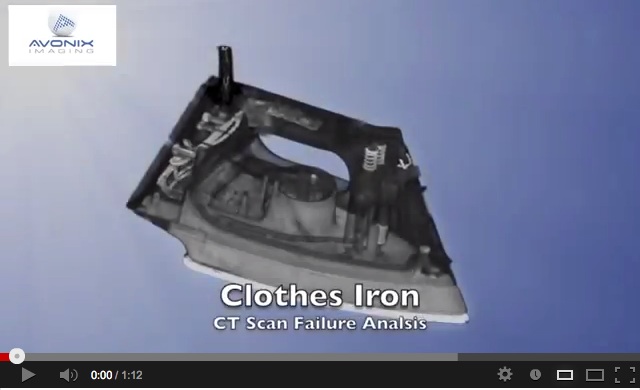Traditionally, x-ray imaging has been used as a tool in forensic analysis to help investigate possible failures of components which may have led to a loss or to defend manufacturers against said claims. Recent advances in 3D x-ray, or computed tomography (CT), have made this a preferred method for analyzing these components. CT provides an unparalleled 3D view of the internal configuration of a subject and can often lead to an educated conclusion without the need perform destructive analysis to further the investigation.
However, few forensic investigators employ this technology to memorialize the state of evidence before allowing it to circulate amongst involved parties in the course of an investigation. Too often, subject components are allowed to be viewed and analyzed by interested parties and are then sent on to others for the same purpose, without any way to document the state of that component prior to or after any particular party has analyzed it. Although the chain-of-custody can be documented, the state of the component cannot because the parties don’t know exactly what has been done to the subject by those who have previously had possession of it, or if any shipping damage or physical alterations may have occurred.
CT aids in forensic analysis but also provides a documented record of the internal and external features of a component that can be used to contest spoliation concerns along the entire length of the chain-of-custody. Acquiring a CT scan of the part before any party has performed physical analysis of it can often provide the documentation that photographs alone cannot. This detailed scan data can then be sent along with the part to all interested parties, allowing them the opportunity to identify anything about the part, either internal or external, that may have changed from its original state.
While the parties in the case are typically interested in preservation of the evidence, few have embraced this emerging technology as a way to address the issue of spoliation of evidence. When new or improved technology like this comes along, it is up to the industry experts to “raise the bar” by considering if the value of the loss warrants the use of this methodology.
CT Scan Of Failed Clothes Iron


